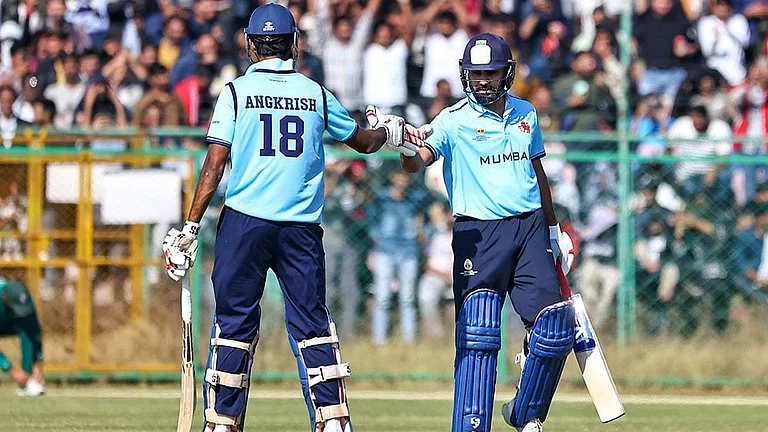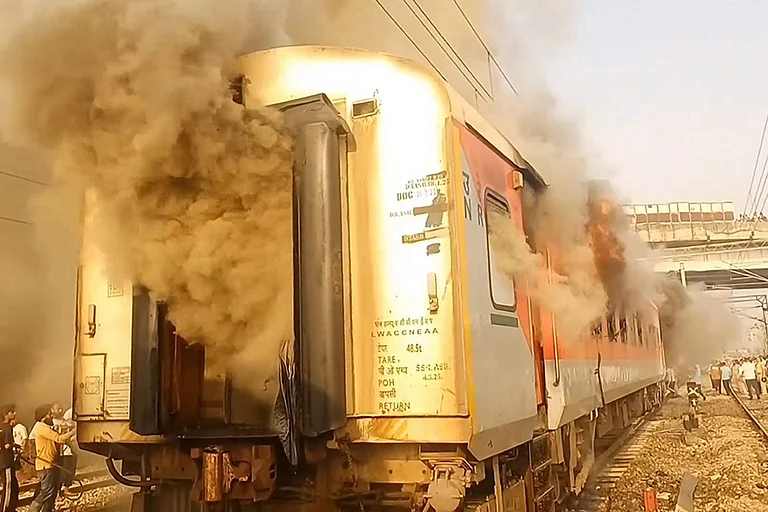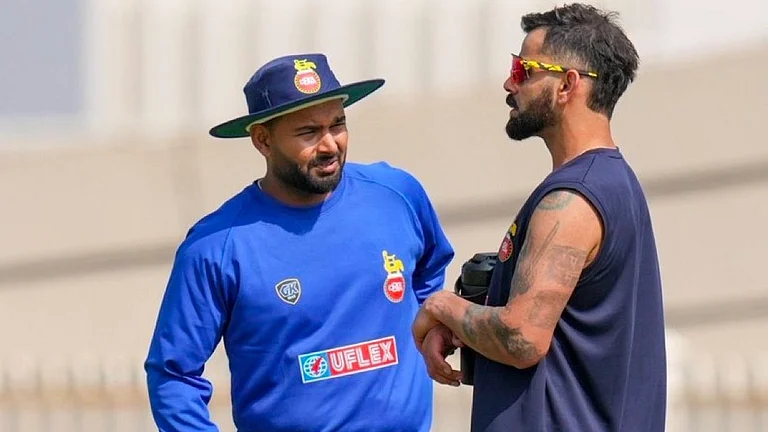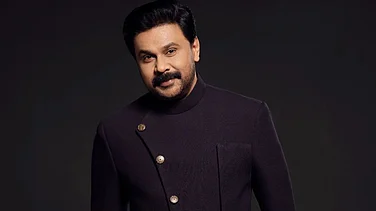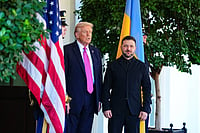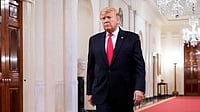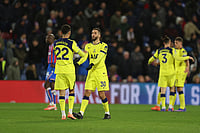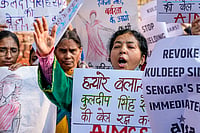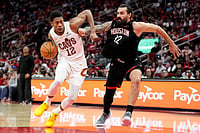Art For All
- Footfall 1,28,000; up from 40,000 in 2nd edition
- Visitors from 17 Indian cities, and 67 cities around the world
- 80% buyers are first-timers
- Maximum sales in Rs 1,00,000 to Rs 5,00,000 bracket
- Four to five works sold per gallery, with some booths selling out completely
- First Art Store offered merchandise/memorabilia, from books to prints and knick-knacks
***
With 8,500 square feet of maze-like aisles and cubicles, the India Art Summit at New Delhi’s Pragati Maidan was a formidable place to locate a lost friend. But it had its advantages too, as a young visitor quickly figured out, shouting out directions into his phone: “Arre Anish Kapoor ke saamne aaja.” The parted friends soon reunited in front of a large circular sculpture—a mirror of stainless steel and resin created by the India-born British artist—and promptly deployed two humble cellphone cameras to capture their fractured reflections.
The spirit of the summit (Jan 20-23), which turned a proud three this year, was perfectly captured by the scene: it had brought art to the people. For many of the 1,28,000 visitors (four times last year’s turnout), it was a maiden brush with art—and Pragati Maidan was the perfect venue for that first encounter. As Kishore Singh of Delhi Art Gallery, which famously exhibited Husain at the summit, put it: “Galleries are intimidating spaces. People don’t walk in, thinking they wouldn’t want to buy something for Rs 50,000 or Rs 50 lakh. And then, here’s the summit, a place where they can look around, ask questions and see more people like themselves; become part of a universe they have always admired, without feeling shy.” To illustrate his point, there was Simi, a Class XII commerce student, who has never stepped into a gallery but queued up on consecutive days to get into the summit. “The energy here is amazing,” she exclaimed, flaunting a bag from the fair’s first-ever Art Store.

Hanneke Beaumont sculptures at London's Robert Bowman Modern, which also showcased Rodin. (Photograph by Tribhuvan Tiwari)
Sitting amidst his bronze creations at the Energenesi Art Gallery stall from Venice, sculptor Gianfranco Meggiato would vouch for that. “People keep asking me to explain the symbolism of my work and my technique,” he said, in a flurry of animated Italian, translated by an interpreter. At the Art Alive Gallery booth, the iconic Progressive artist S.H. Raza, back from France after six decades, patiently obliged autograph hunters, mobile phone recorders and cameras. And if some of his listeners couldn’t be sure if he had been away from India for 40 years or 60, at that moment, it didn’t really matter.
Aisles away, Willem Baars, owner of an eponymous gallery in Holland, confessed to being quizzed “all the time”. Exasperating? Not at all, said the first-time exhibitor, whose stall had several red dots (for sold items) on its Picassos and Anish Kapoors. “In Europe, visitors are reserved—they’ve done too many art fairs already. Here, people are new to such events and come with an open mind.”
For gallery staff, the newness had unnerving side-effects; visitors were eager to touch artworks, despite repeated entreaties to desist. One such encounter sent steel utensils from a Subodh Gupta installation clanking to the floor. The open-mindedness manifested itself in more positive ways too, with buyers snapping up experimental art and new media. Neha Kirpal, the summit’s 31-year-old director, reveals that a cool Rs 5 crore was earned from video art (clearly the flavour of the season) and new media alone. “There was a lot of dimensional art—installations, sculptures and video art—and many items were priced below Rs 1 lakh,” she says.

A Nano that was part of Ketna Patel’s Stop! Indians Ahead project. (Photograph by Tribhuvan Tiwari)
The event had something for everyone, and most visitors didn’t balk at the Rs 200 tickets (Rs 100 for students, and free for some groups). So, from the art student taking mental notes on a Sakti Burman, the young mom manoeuvring her baby-stroller past Dayanita Singh photographs to the fiftysomething professional wondering aloud how “obsolete typewriters” could be art, the summit, with its varied dramatis personae, cheerfully expanded into an art mela of sorts. “We had pilots in uniform coming in to buy artworks before taking a flight!” says Kirpal. But there was also Union culture minister Kumari Selja (who too bought an artwork), Sonia Gandhi and page-3 regulars (some on their way to, or back from, the lit fest in Jaipur, the other high-voltage cultural event of the week), besides well-heeled private collectors, industrialists and a host of international travellers.
For Neha Kripal, the high point was that this was the first summit where art had “gone mainstream”. She says: “It’s not an insular, niche event any more.” This showed in the sales too—the numbers, she indicated, were almost three times higher than 2009’s Rs 26-crore mark. Significantly, 80 per cent of buyers were first-timers, picking up art for prices ranging from several thousand rupees to a few crores. More than a dozen Souzas were snapped up, and six Picassos too. Several buyers had art advisors in tow, indicating a new professionalism in the way art was being approached. But even those unable to hire their own specialists had the benefit of some expertise this year. Art students took visitors on free curated walks, interpreting key pieces for anyone who signed up. For some, the walks led straight to famous artists. Like Arpana Caur, who stopped a group in its tracks with a playful request: “Explain mine also!” Visibly impressed by the level of energy at the summit, she told Outlook: “I started off in 1975 and did my second solo show in 1979. There used to be a visitor a day, literally. In the last 10 years, interest in art has really grown. Look at the turnout now!”
Art historian and independent curator Alka Pande also found much to be impressed with, both at the summit, and the lit fest, which also drew huge, and varied, crowds. Speaking from Jaipur, she said: “Many people turn up their noses at the swelling crowds at the lit fest, but the inclusiveness helps to sensitise people.” Part of the growing appeal of the summit, she pointed out, is that: “People want to have original artworks in their home; it’s aspirational.” Not just Indian galleries, international ones too are thronging here to service those aspirations—their participation doubled to 34 this year.

M.F. Husain’s works were displayed by the Delhi Art Gallery amid tight security. (Photograph by Tribhuvan Tiwari)
But it wasn’t just the summit’s ‘everyone’s invited’ approach that democratised art, so to speak; it was also its dizzy juxtaposition of international icons and emerging artists, of young galleries and established ones. But some participants, like Peter Femfert, owner of Die Galerie with galleries in Germany and Korea, did wish for a finer sieve for art shown at the fair. “It needs a little cleaning up,” he said. “There are galleries here which would never be admitted to any fair elsewhere.” The selection also left mega-artist Subodh Gupta a tad unhappy. “The last edition of the summit had better quality,” he said.
While the organisation of the fair got a unanimous thumbs-up, some hitches remained. A UK gallery’s rep was unnerved by the pigeons fluttering about the high domed ceilings: “I wish we had laser devices to scare the birds off. We have to keep the artworks covered at night.” But Ketna Patel, a Singapore-based artist who sold 30 pieces of Asian pop art that she brought along, had a different take: “What the summit lacks in infrastructure, like leaking toilets, it compensates for in the high quality of speakers at the forum, the art and the warmth of the people.” It was the last, she said, that touched her the most, recounting an encounter: “A Gujarati guy, who bought my work, took me to a corner to tell me in Gujju, ‘Don’t mind, but do you think you’ll become a big artist later on? I’m spending a lot of money’. I thought that was sweet!” Call it honest, or call it brazen, but in this effervescent confluence of artist and audience, art sure had its heart in the right place.







